Safeguarding Children In Education
Quantity: 1

Duration 2 hours
Last audited 2nd September 2025
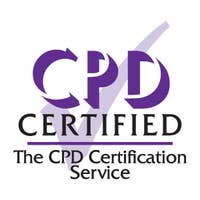

100% online training
Start when you like
Learn on any device (desktop, mobile or tablet)
Instant assessment and result
1 learner per course
Train teams of all sizes
Bulk discounts starting at 10% off 10 courses
Pay by invoice with 30 day payment terms available (5+ courses)
Includes a 10% discount for 10+ courses
Everyone involved in education must have an understanding of their responsibilities and the role they can play to safeguard students. This Safeguarding Children in Education course will help learners to identify when abuse and neglect may be happening to a student and understand how to respond appropriately to concerns.
Throughout the training, learners will develop an awareness of the general indicators of various types of abuse and neglect, including those that are more relevant to an educational setting, such as bullying, grooming and the Prevent duty. Learners will also develop an understanding of the different roles and responsibilities of headteachers, governing bodies and the Designated Safeguarding Lead.
100% online training
Access anywhere
Same day digital certificate
Printed certificate posted next working day
Full audio voiceover
Assessment retakes at no extra cost
Learn at your own pace with no completion deadlines
Updated to reflect Keeping Children Safe in Education (KCSIE) Statutory Guidance
Developed by a qualified child protection professional
Accredited by CPD
Earn 2 CPD points on completion
Bulk discount for orders of 10+ courses

Save on our courses when you buy more training upfront. Lock in a better price now and access the training whenever you need to. You can mix and match any of our courses too and get the discount off your whole order.
10+ courses = 10% off
50+ courses = 20% off
100+ courses = 30% off
500+ courses = 40% off
By the end of this course, learners will:
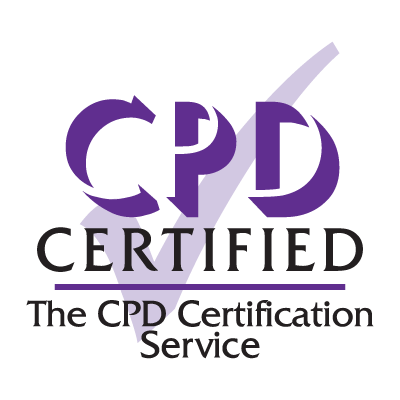
Accredited by CPD
All of our courses are accredited by the CPD Certification Service as conforming to universally accepted Continuing Professional Development (CPD) guidelines.
Recommended renewal:
3 years
What does this mean? This certificate does not have an expiry date, however, based on industry best practice guidelines there is a recommended renewal period.
Our in-house Learning Designers develop all of our courses to give you and your learners the most engaging training possible.
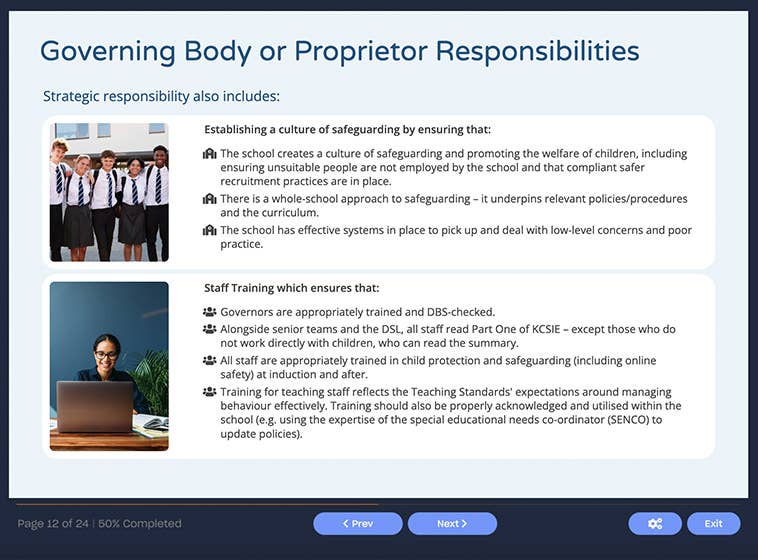
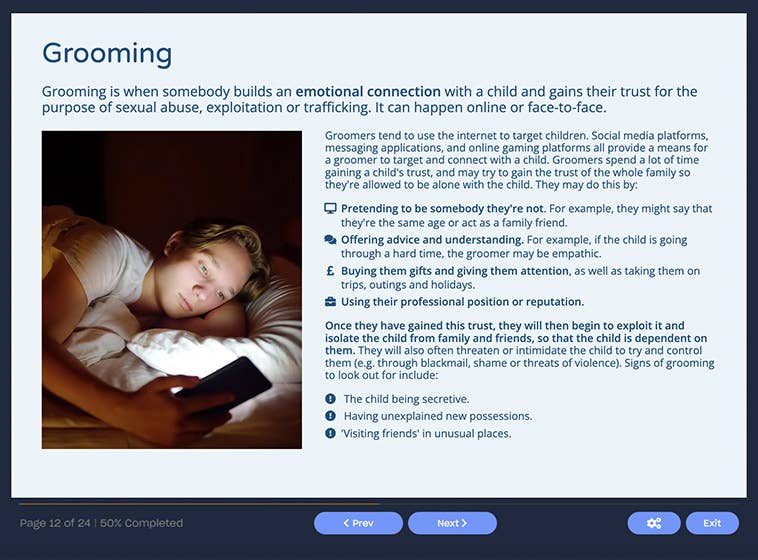
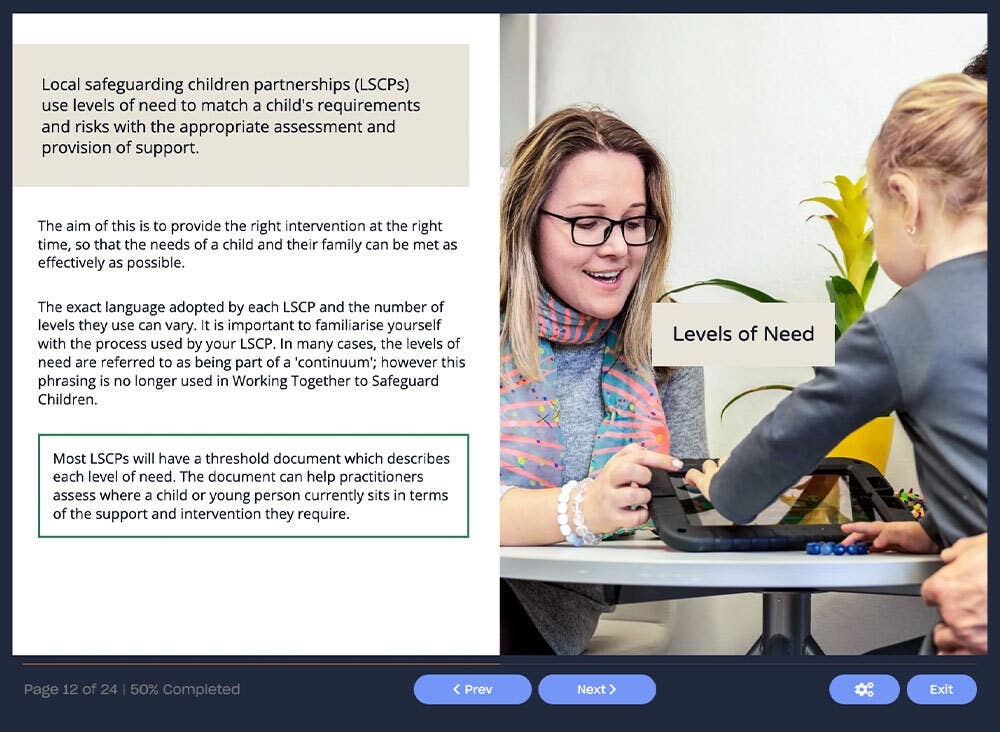
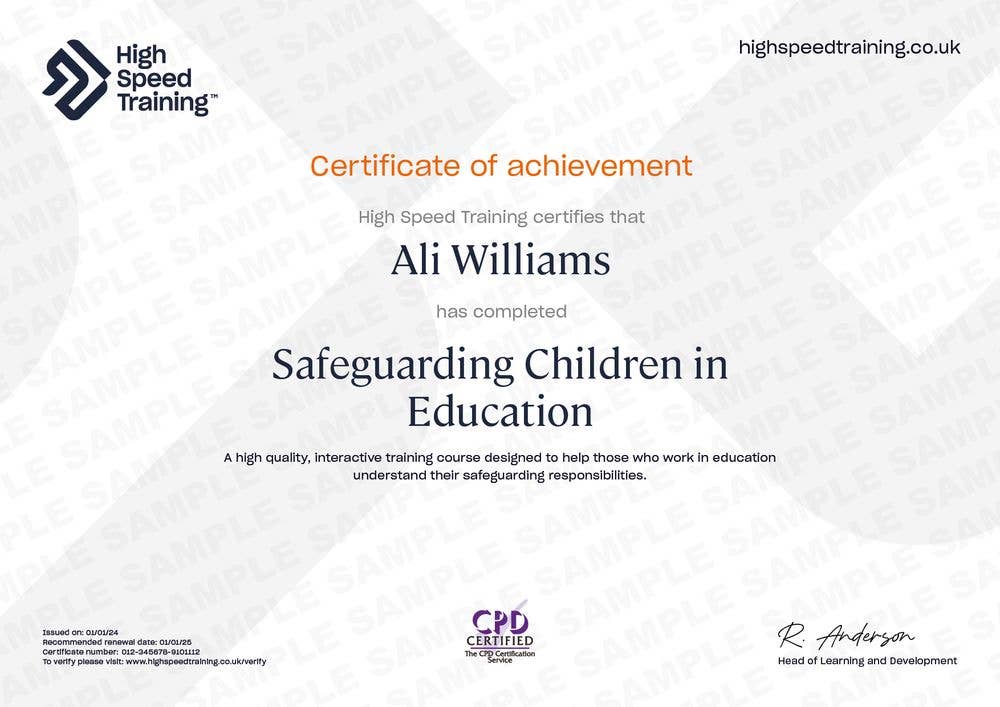




Why this course is important, laws and guidance and the difference between safeguarding and child protection.
Keeping Children Safe in Education, individual responsibilities, governing body or proprietor responsibilities, headteacher responsibilities, DSL responsibilities, training, online safety and students absent from education.
Where does abuse take place?, signs of abuse in a student, general indicators, physical abuse (bruising, bite marks, burns and scalds, fractures, scars), recognising emotional abuse, recognising sexual abuse and recognising neglect.
Radicalisation, extremism and terrorism, Prevent, reporting concerns, Prevent guidance, female genital mutilation (FGM), forced marriage and modern day slavery.
Child sexual exploitation (CSE), child criminal exploitation (including County Lines), serious violent crime, grooming, online abuse, child trafficking, harmful sexual behaviour, child-on-child abuse, cybercrime, bullying and cyber bullying, domestic abuse, self-harm and self-neglect, other issues, children with additional vulnerabilities.
Dealing with disclosures of abuse, concerns about abuse, recording information, confidentiality and record keeping, the single assessment process, no additional needs, early help, child in need, child protection, identifying children who might need early help, child protection procedures, local authority child protection procedures, looked after children and safeguarding, working with parents and further resources.
The online assessment is taken on completion of the training material. You will be asked 20 multiple choice questions with a pass mark of 80%. The answers are marked automatically so you will instantly know whether you have passed. If you don't pass don't worry! You can take the test as many times as you need with no extra charge.
Everyone who comes into contact with students, including those over the age of 18, has a responsibility to help safeguard children. This safeguarding children course is designed specifically for those who work in an education setting, including:

In partnership with
Debbie Innes-Turnill
Safeguarding Consultant
Debbie Innes-Turnill has over 30 years of experience in education and safeguarding, holding Head Teacher, Deputy Head Teacher, and Designated Safeguarding Lead roles. She has a BA (Hons) in Business Studies, a BSc (Hons) in Psychology, a PGCE, the NPQH, and an MSc in Advanced Child Protection Studies. Currently, she is studying for a PhD in Social Work with a focus on 'Safeguarding Culture'.
Debbie lectures on MSc Advanced Child Protection Studies at the University of Birmingham. She is the author of the book "Safeguarding in the Classroom" and is a trustee with specific responsibility for safeguarding at charity Youth At Heart.
Debbie provides training and support to help schools, charities, religious, and sporting organisations build a strong culture of safeguarding. She combines a deep understanding of safeguarding legislation for both children and adults with extensive hands-on experience to navigate complex safeguarding challenges.
All of our training is done within your web browser - there are no apps to download or software to install.
After picking the courses you need and completing your purchase, you will receive a confirmation email. To access our courses yourself or to distribute them to others you just need to click the ‘Get Started’ button within the email and select which option you want. You will then be able to add the course(s) into an existing account, or create a new account.
Of course just add the amount of courses you need and follow the purchase process. Please do be aware that it is one course per learner so they will all need their own course.
When buying courses for a team you'll also get access to our Management Suite free of charge. This is a tool that will allow you to allocate, track and review the training of your team.
Did you know? - We offer free training sessions on how to get the most from your Management Suite. To benefit from this, please contact: managersupport@highspeedtraining.co.uk to get your session booked in.
Yes, our bulk discounts are automatically applied to orders containing any combination of courses. We offer the following discounts on bulk purchases:
If you purchase 10+ courses you receive a 10% discount
If you purchase 50+ courses you receive a 20% discount
If you purchase 100+ courses you receive a 30% discount
If you purchase 500+ courses you receive a 40% discount
You can pay for our training using either a Debit or Credit card.
For companies ordering 5 or more courses, you’ll also be given the option to pay by invoice. If you would like to pay by invoice for fewer than 5 courses then please contact our Sales Team by calling 0333 006 7000 or emailing us at sales@highspeedtraining.co.uk.
Yes. You can use your username and password to log in and revisit the training material as many times as you like, even after completing the course.
No, we want our courses to work around you so there’s no time limit in which you must complete the training after making a purchase. You can also split your training over as many different sessions as you wish, as course progress is saved as you make your way through the training. You’re free to learn entirely at your own pace.